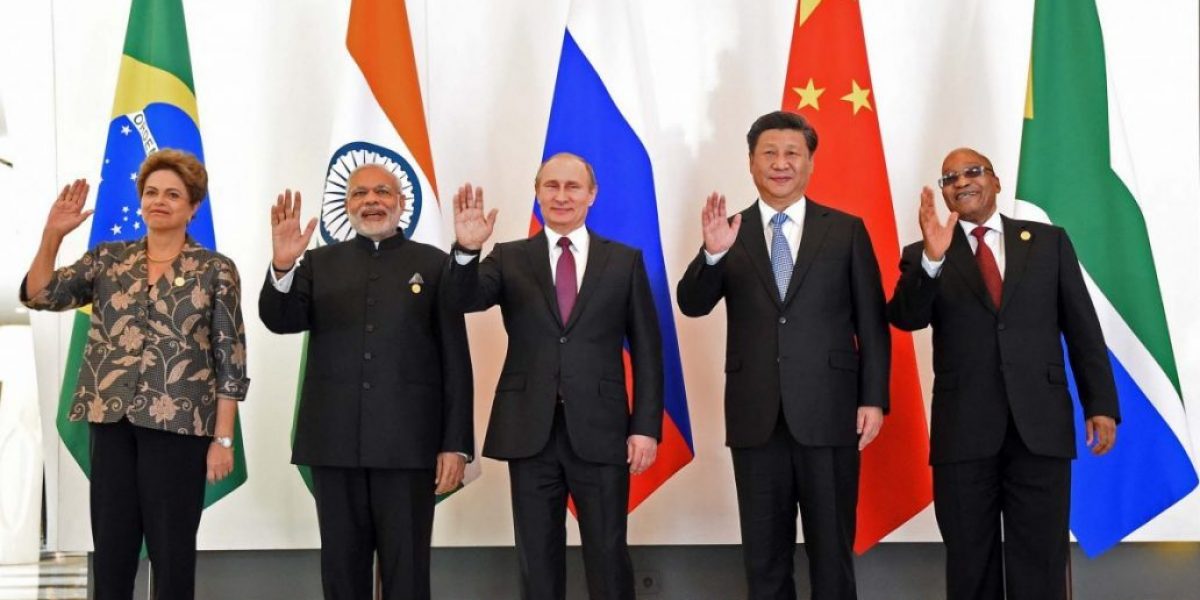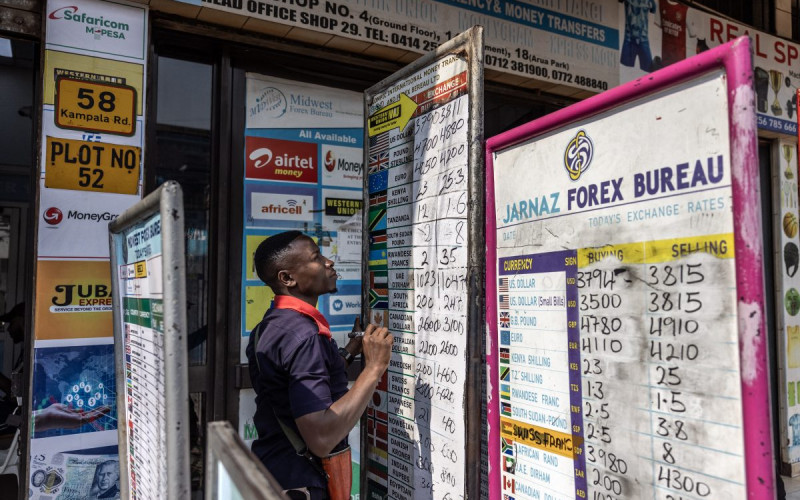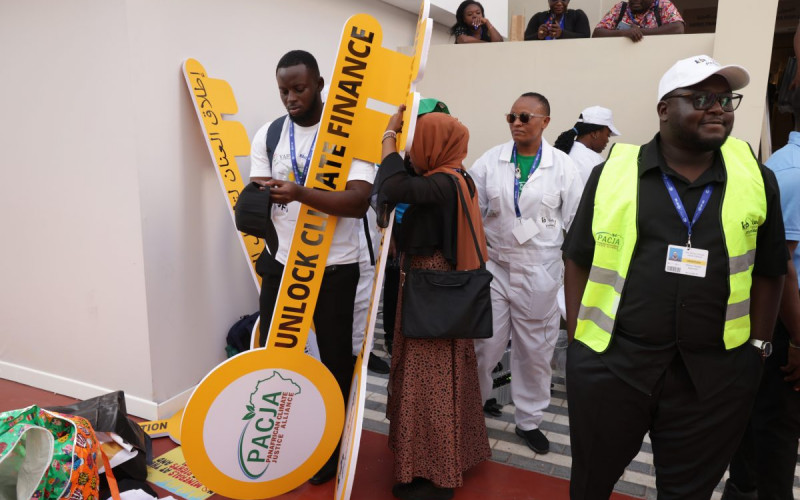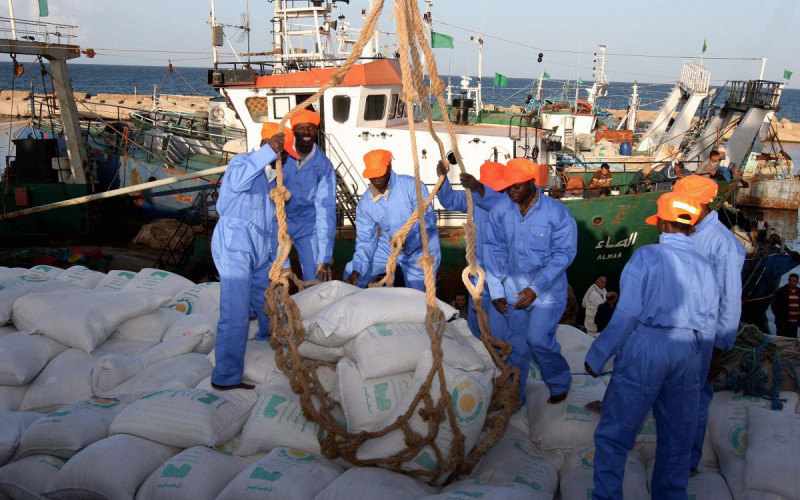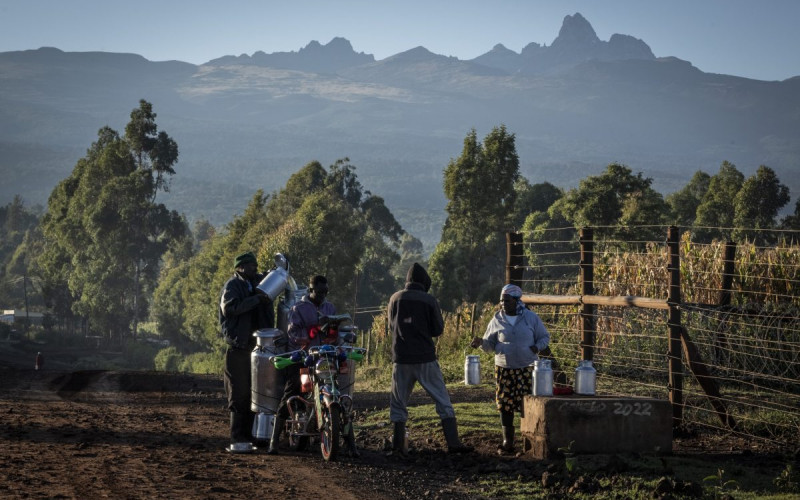Forging a common trade and investment platform is a challenging proposition. It is easier for the leaders to focus on what unites them in international economic negotiations, rather than what divides them in bilateral relations. However, some attention will have to be paid to those differences if their cooperation on the international stage is to be fruitful.
Brazil’s primary objective remains to open markets for processed agricultural exports; an objective very much in question given the failure of the WTO’s Doha round to deliver anything. Brazil’s large domestic market and reasonable economic growth remain attractive to domestic and international investors, and demand for Brazilian resources is strong, so the country has a safety valve for the foreseeable future. However, major infrastructure bottlenecks and a structural savings constraint inhibit the growth of that market, while the strong currency inhibits exports.
For SA much emphasis is being placed on regional integration. This undoubtedly has an important role to play in promoting exports of value-added goods. But the main challenge is anaemic growth in Europe, still the country’s main trading partner and an important destination for manufactured exports.
Russia’s recent entry into the WTO will promote inward investment and trade, not least through reducing risks of policy changes or reversals associated with Russia’s brand of state capitalism. However, its economy is relatively undiversified and it is not clear what its trade strategy will be.
India’s democracy remains capable of pursuing further market reforms at the margins, such as trade liberalization. But its gridlocked political economy renders substantial market openings on either the trade or investment fronts unlikely. The most interesting venture to watch is the EU-India preferential trade agreement, since it will encompass more than just trade in goods. Yet progress has been predictably slow, and it is unlikely a major liberalizing agreement will be the end result owing primarily to agricultural sensitivities on both sides.
India is an increasingly dynamic source of services exports and investment, including to its BRICS partners. Brazil is a significant agricultural exporter, SA less so. Brazil, Russia, and SA are major resource exporters. China is a key demandeur of those resources. China is increasingly the major source of the others’ manufactured imports.
Trade economists would approve of these complementary relationships. However, each government’s economic strategy, state capitalist if you wish, particularly with respect to promoting manufacturing, undermines this cohesion.
Brazil’s Dilma government is very keen to boost manufactured exports, but faces a strong structural constraint in the form of currency appreciation. The US and EU are, with some justification but plenty of disingenuousness, the current targets of Brazil’s ire. Meanwhile China’s undervalued currency and associated flood of cheap manufactures into Brazilian and regional markets are a growing source of bilateral tension.
SA’s structural relationship to the world economy, and China in particular, mirrors Brazils. Import-competing manufacturing interests and the trade union movement are sharply critical of the Chinese government’s currency peg. Government, increasingly a Chinese supplicant, willfully ignores these concerns notwithstanding its desire to promote manufacturing.
Russia and India are also very keen to diversify their economies into manufacturing. Russia wishes to reduce dependence on resource exports. India needs to enable a transfer of masses of poor subsistence farmers into the urban economy. The inevitability of that transfer highlights another source of tension in India’s trade relations with its BRCS partners – agricultural imports.
China’s manufacturing dynamism is driven by the country’s central role in global value chains. This has been very good for the global trading system.
Nonetheless, challenges are building. The extent of China’s trade surpluses with the West are widely acknowledged to be significantly overstated since not much value is actually added in China. But the fact that the currency is pegged is widely regarded as unfair manipulation. Domestically, the ‘China cost’ is rising inexorably owing to growing shortages of skilled labour in the coastal areas; increasing minimum wages; rising land, property and energy costs; and infrastructure bottlenecks inhibiting the coastal regions’ access to the labour supply in the interior.
Consequently, and mostly for domestic reasons, the Chinese leadership is promoting an historic shift in China’s economic model from export to consumption-led. Assuming this transition is successfully managed it will have major implications for China’s trade and investment relations and patterns, not least for its BRIS partners. Accordingly, the BRICS leaders could consider the following broad elements of a trade and investment agenda.
First, India, Brazil, and SA have shown that whilst their agricultural interests diverge tremendously, they can collaborate on a common agenda in the WTO and thereby shift the locus of negotiations. This was achieved through the agriculture G20, established at the early stages of the Doha round. A broader discussion, now including Russia and China, should be pursued with its core focus being on providing emerging market leadership to resuscitate the round.
Furthermore, the future of the WTO should be an issue of core interest. At the centre of current debate is decision-making amidst the WTO’s diversity. All BRICS have expanding global trade and investment footprints, and therefore an interest in exploring small group negotiations, or plurilaterals, to break the deadlocks in advancing WTO rules. At least four, Russia being the probable exception, have sufficient credibility in the developing world to allay poor countries fears of such agreements being imposed on them.
Second, China’s 12th Five year Plan should be explicitly engaged. Since China is embarking on this historic transformation, encompassing currency reform, the implications and how it will affect China’s BRIS partners should be on the table. If China is not prepared to discuss the currency issue that will starkly reveal the limits of possible partnership with this emerging hegemon, an issue best aired early in the game.
Third, currency matters feature strongly on the G20 heads of state agenda. A common BRICS position on currency reforms, the associated unwinding of global economic imbalances, and how to revive global trade talks, would help substantially to address the impasse on these issues at the G20 level thereby reducing growing protectionist pressures.

